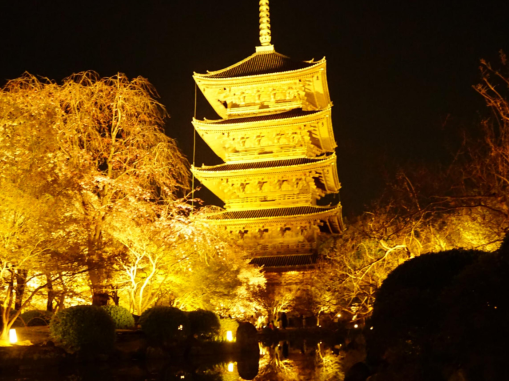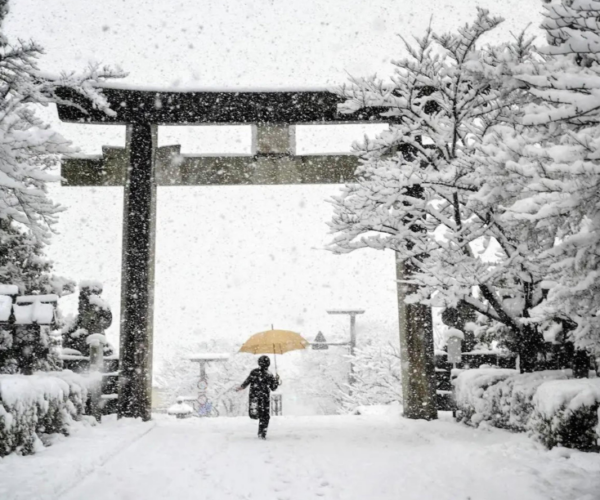Japan’s Timeless Modes of Travel
Sophie McCarthy (Tokyo)
When tourists envision their trip to Japan, the iconic shinkansen, or bullet train, often takes center stage. Yet, beyond the sleek, high-speed marvels of modern engineering, Japan boasts a delightful array of transportation options that are often overlooked. From the charming, wood-floored city trams still clattering through cities across the country, to the quaint ferries shuttling between the countless small islands dotting the coastlines and the Seto Inland Sea, there are endless ways to celebrate the joy of the journey itself. While the cost and speed of bullet trains and planes have undeniable appeal, these alternative modes of travel offer a unique charm where the voyage becomes an experience in its own right.
First, consider Japan’s last remaining overnight sleeper train, the Sunrise Express, which whisks passengers from Tokyo to southern Honshu. The train splits into two routes—the Sunrise Seto and the Sunrise Izumo—at Okayama, with one heading toward Takamatsu, Kagawa and the other toward Izumo, Shimane. The return trip to Tokyo arrives at a comfortable 7 a.m., particularly convenient when compared against the many night buses that arrive very early in the morning (sometimes even before the subway is running). For those with different travel plans, there are also midnight stops in Kobe and Osaka. Best of all, the Japan Rail Pass covers the train’s base fare.
As for accommodations, the Sunrise Express presents a semi-private dormitory-style option called the nobi nobi zaseki (stretch and relax seat), which features carpeted bunks. For those seeking more privacy, single and twin bunk private rooms are available, with the upper bunks providing stunning views through large, curved windows. Onboard amenities include public showers, vending machines, and lounges with window-side tables and chairs. However, there is no dining car, so it is advisable to bring snacks.
Riding the Sunrise Express feels like stepping back in time, where the pace is slower and the journey is savored. The train serves as a nostalgic experience rather than a means of swift travel, attracting a diverse crowd of passengers eager to relive a bygone era of train travel. The experience is so captivating that falling asleep might seem like a missed opportunity, as every moment of this unique ride promises something special.
For international travel, JR’s Beetle Ferry offers a distinct alternative to the more common air route, operating multiple times daily between Fukuoka, Japan and Busan, South Korea. This ferry provides a serene and calming passage, a welcome contrast to the hectic environment of international airports. With a travel time of around three hours, the Beetle not only guarantees gorgeous views of the Korea Strait, but also features a restaurant and a duty-free shop onboard.
The Fukuoka ferry port is about a 20-minute bus ride from Hakata Station, or a more convenient 5 to 10-minute taxi ride, depending on traffic. On the Busan side, the international ferry terminal is ideally located just in front of Busan Station—a major transportation hub connecting subway lines and high-speed rail—making it less than a 10-minute walk away. Unlike flights, the Beetle only requires arrival an hour before departure, allowing for a more relaxed start to the journey with extra time to sleep in, prepare, and set off on schedule.
Various open seating options are available, from cozy sets of four chairs around a table to comfortable row seats and dining tables. Passengers can stretch their legs and visit the onboard restaurant, pick up a drink from a vending machine, or enjoy a freshly brewed coffee from specialized coffee dispensers.
The tranquility of the ride, along with the freedom to stroll around and gaze through the large glass windows, allows passengers to truly appreciate the voyage and connect with the surrounding landscape—an experience far removed from the confines of a plane, where the view is limited to a small window and a sea of clouds. As the Beetle glides toward South Korea, the sight of tiny islands gradually giving way to towering apartment buildings creates a captivating experience, with the landscape unfolding slowly and almost magically before the eyes.
So much time is spent moving from point A to B, whether in daily routines or during travel. This time shouldn’t be seen as lost or wasted, but as an integral part of the adventure itself. To truly enrich the travel experience, it’s essential to consciously choose modes of transportation that offer not just efficiency, but also the opportunity to savor the moments in between, reminding us that the journey is as meaningful as the destination.
Sophie McCarthy was a JET for four years in Kobe, Hyogo Prefecture (2018-2022). She now lives in Tokyo. In her free time, she enjoys reading, visiting kissaten, and practicing film photography. Check out her photos on Instagram: @filmbysophie




